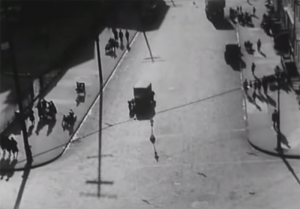
An avant-garde city symphony film set in the Bronx, New York.
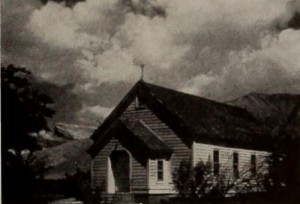
"In Caineville, Glen H. Turner has now turned his camera on a Western ghost town, and with moments of sheer movie magic, he has brought it to life again. The slow turning by the wind of the leaves of an abandoned school book, and the slow pan to initials carved on a schoolhouse desk, evoke as if he were alive the youngster who carved them. In another scene, done with consummate smoothness, Mr. Turner shows an abandoned street on which a schoolboy, with books over his shoulder, slowly materializes into solid form — and then dissolves again into thin air. Surrounding Caineville always are the brooding mountains and the ever-encroaching river which implacably seeks to destroy the last vestiges of the crumbling village. Caineville is a triumph of imaginative creation over static material." Movie Makers, Dec. 1953, 320.
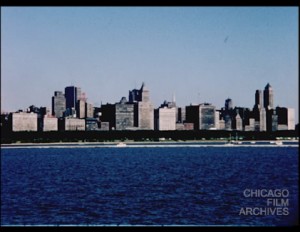
"This film is 'a love letter to the city' from Chicago native and filmmaker Warren E. Thompson. It is a continuing effort to record some of the events, characteristics, problems and glories of Chicago. Footage includes architecture, sculpture, housing, Lake Michigan, Chinatown, parades, Maxwell Street Market, and the people of Chicago. Thompson captures life and culture from the most affluent to the poverty stricken." Chicago Film Archives.
Edited film "chronicling travel through Nova Scotia, Prince Edward's Island and Cape Breton. Film includes scenic landscapes (Langdale/Bowen Island, Queen Elizabeth Arboretum, Yoho National Park, Yoho Glacier, Twin Falls, Bow Lake, Columbia icefield, Athabasca Falls, Banff, Gaspe, Cape Breton Highlands National Park), urban scenes, fishermen, outdoor garden of religious statuary, light houses, bag pipe players, Canadian Royal Mounted Police and the Lovat Scots, a boag and drum corp," Human Studies Film Archives, Smithsonian Museum.
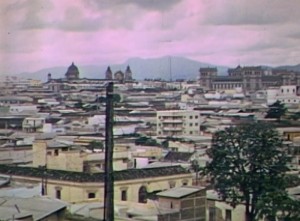
Kodachrome travelogue showing life and culture in Guatemala and Panama.
"'Chicago the Vacation Center of the Nation,' which was awarded the honors in the Documentary class, was photographed in 16mm. color by Theodore D. Shaw of the Metro Movie Club of Chicago. Mr. Shaw has been making movies for eight years, which fact perhaps explains why he was able to accomplish what he did without the use of filters or other effects. The film gives an excellent portrayal of life in a big town, starting with the day as Chicago appears at sunrise. Perhaps it would be difficult to name a city which possesses so varied a background in its lake and river and bridges. Certainly educational authorities searching for subjects that portray with authenticity life in metropolitan centers could not go wrong in seeking this fine picture of Chicago. The subject rates in all departments as a finished film." American Cinematographer, Jan. 1939, 17.

"A “city symphony” film, produced to encourage Photographic Society of America members to attend their 1963 conference in Chicago, City to See is a surprising film. It combines footage of Chicago with a deadpan commentary that pokes fun commercial travel films: “Chicago is my town,” the narrator says wryly, “and no other town will do.”" Chicago Film Archives
"Shows various types of commerce and industry in Victoria, including a large department store, a milk bottling plant, a beauty parlour, offices, garbage collection, a weaver's shop, a bakery, etc." (Duffy, 84).
Other sequences included the Ogden Point grain elevators, Royal Jubilee Hospital, shipyards, a plywood plant, and carpet factory. Nanaimo Daily News, 26 October 1953, p. 5.
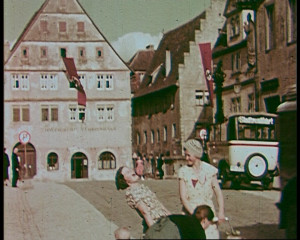
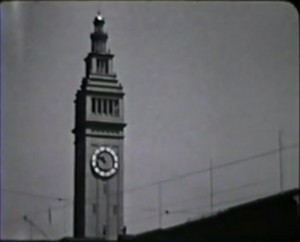
Total Pages: 15